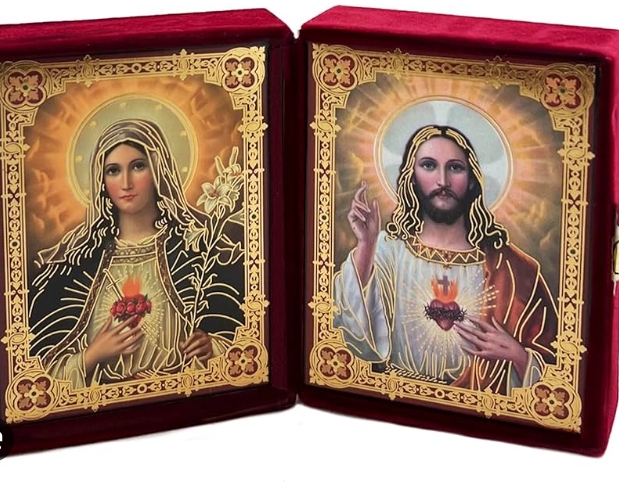Catholic icons are an essential part of the Catholic tradition, serving as visual representations of important figures and events in the faith. They hold deep meaning and symbolism that adds to the spiritual experience of believers.
Meaning of Icons
Icons are not just mere paintings or images; they are considered windows to the divine, offering a way for believers to connect with the spiritual world. They are revered and venerated as holy objects that can aid in prayer and meditation.
Symbolism in Icons
Icons often feature specific symbols that hold significance in the Catholic faith. For example, the halo around the head of a figure represents their holiness and divine nature. Colors also have symbolic meanings, with gold representing the divine light of God and red symbolizing sacrifice and martyrdom.
Iconography
The art of creating icons, known as iconography, follows strict guidelines and traditions that have been passed down through the centuries. Each detail in an icon, from the posture of the figures to the colors used, carries a specific meaning and symbolism that enhances the spiritual message of the image.
Devotional Use
Catholic icons are typically displayed in churches, homes, and places of worship, where believers can venerate them through prayer and contemplation. Many Catholics use icons as aids in their personal devotions, using them as a focal point for meditation and reflection.
Connecting with the Divine
Icons serve as a tangible way for Catholics to connect with the divine and deepen their relationship with God. By gazing upon an icon and meditating on its symbolism, believers can enter into a deeper spiritual experience and feel a sense of closeness to the figures depicted in the image.
In conclusion, Catholic icons hold profound meaning and symbolism that enrich the spiritual life of believers. Through the art of iconography, these sacred images serve as powerful tools for prayer, meditation, and connecting with the divine.

